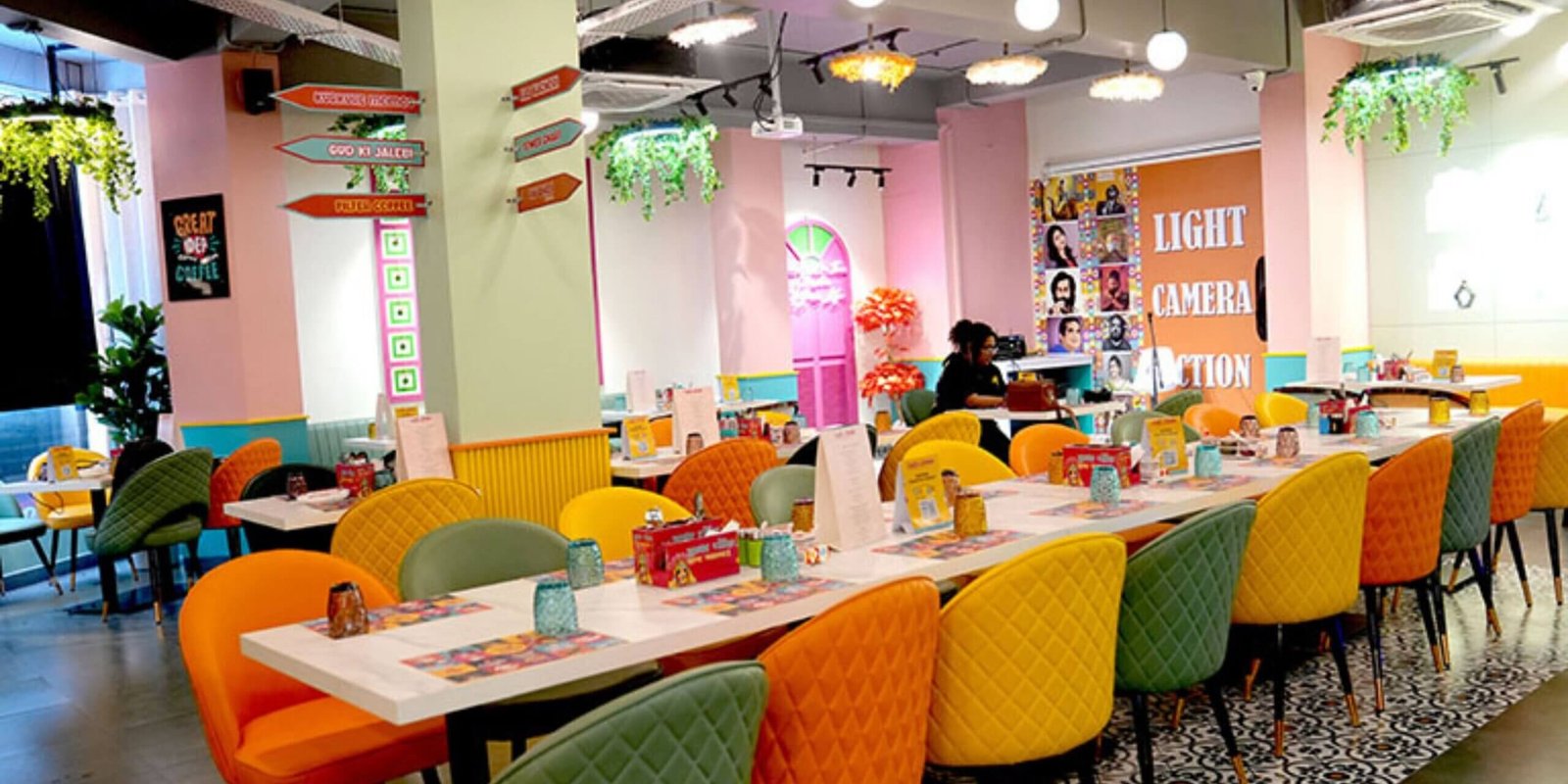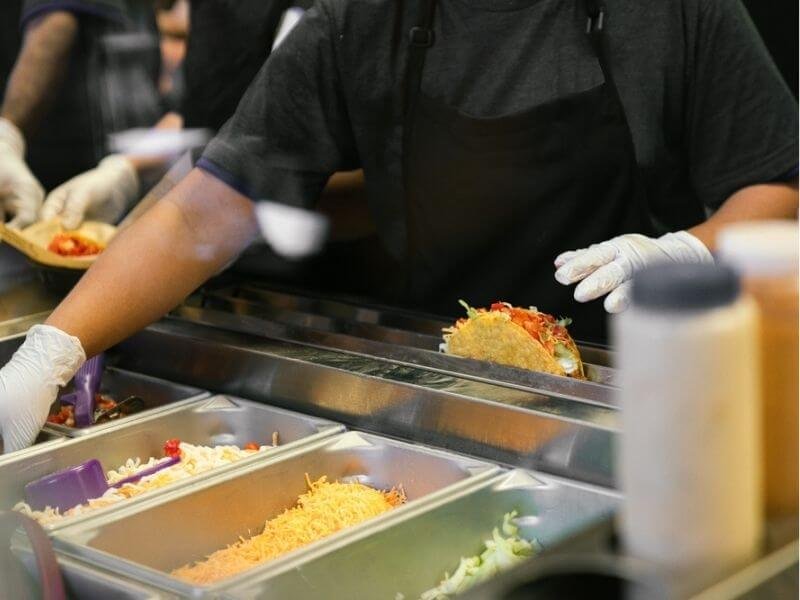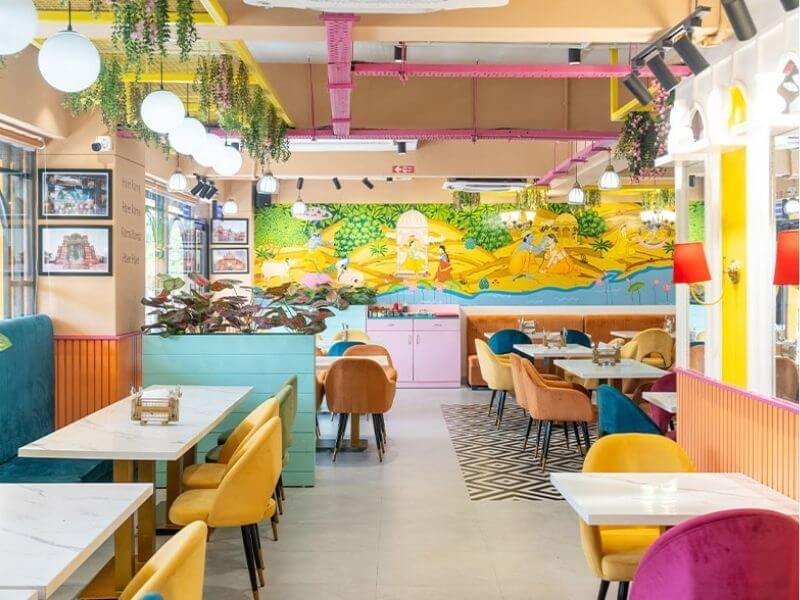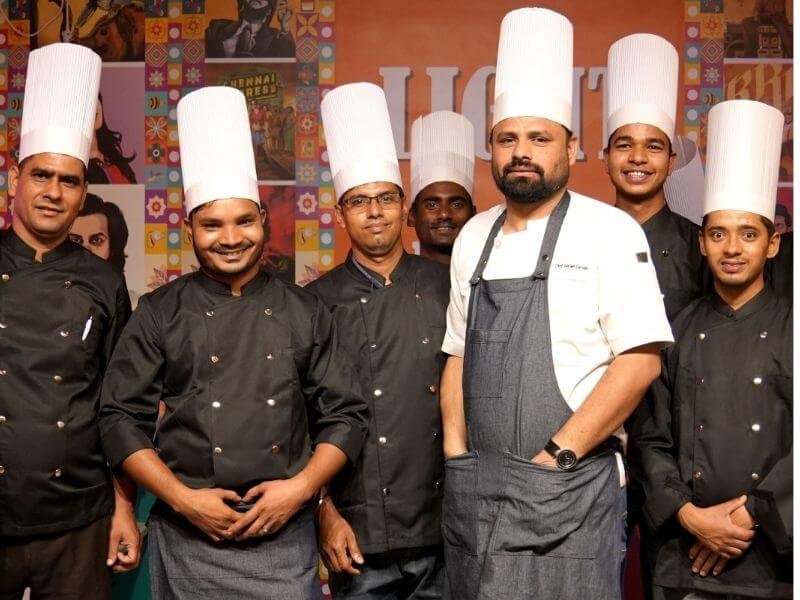 Introduction
Introduction
India’s food industry is not just booming—it’s transforming. With evolving consumer preferences, a growing middle class, and an increasing desire for convenience and quality dining experiences, investing in a restaurant franchise in India has become one of the most promising entrepreneurial ventures. However, before diving into the dynamic world of food franchising, it’s crucial to understand the nuances that define this industry. From investment planning to brand research, and operational logistics to marketing strategies, there’s a lot to consider when answering the question: How to start a food franchise successfully in India?
Why Restaurant Franchises Are Booming in India
India’s appetite for dining out has never been bigger. The rapid urbanisation of Tier 2 and Tier 3 cities, alongside the tech-driven rise of food delivery services, has expanded the landscape far beyond metropolitan boundaries. Global players and homegrown brands are now actively seeking franchise partners to expand their footprints in emerging markets.
Franchising offers a ready-made formula for success—leveraging an existing brand’s equity, standard operating procedures, and market reputation. Unlike starting an independent restaurant from scratch, franchises offer stability, mentorship, and brand recall, making it an ideal solution for new entrepreneurs.
How to Start a Food Franchise: The Foundational Checklist
Before you sign a franchise agreement, you need to analyse the decision critically. Here’s a detailed breakdown of what you should consider before stepping into the food franchising industry:
1. Understanding the Market Demand
Just because a food franchise is successful in Mumbai doesn’t mean it will work in Guwahati. Regional preferences in India differ drastically, from spice levels to food presentation. Conduct a thorough market analysis to identify demand, consumer behaviour, local competition, and trending cuisines in your target location.
For instance, Indian street food is one category that performs consistently well across the country. Platforms like Chaat Ka Chaska have capitalised on this trend by offering a scalable business model built around India’s favourite snacks like pani puri, samosas, and chaats.
2. Evaluating the Franchise Model
Not all food franchises are created equal. You need to evaluate the model in terms of:
- Ownership type: Is it a single-unit, multi-unit, or master franchise?
- Royalty fees: What percentage of your monthly earnings go to the parent brand?
- Support structure: Does the franchisor offer training, marketing support, and raw material sourcing?
Chaat Ka Chaska, for example, offers an affordable investment model with zero royalty, centralised procurement support, and comprehensive training, making it ideal for first-time business owners.
3. Financial Planning and ROI Expectations
The food franchise business can be capital-intensive depending on the brand, scale, and city. On average, a small-to-mid-scale restaurant franchise in India could require an investment ranging from ₹ 55 lakh to ₹95 lakh. However, the more important question is—how soon can you recover your investment?
With low-overhead concepts like quick-service restaurants (QSRS) and cloud kitchens, ROI is generally quicker. Chaat Ka Chaska’s franchise partners often report breakeven within 12–18 months, thanks to low operating costs and high footfall.
4. Legal Agreements and Compliance
The franchise agreement is a legally binding document that defines your rights, responsibilities, and obligations. Ensure you:
- Consult with a franchise lawyer.
- Understand the terms related to termination, renewal, territory rights, branding, and pricing.
- Check compliance with FSSAI regulations, local municipal laws, GST registration, fire safety, and labour laws.
Skipping legal scrutiny can cost you dearly later. Always ensure your food business is legally sound from Day 1.
5. Site Selection and Setup
A good location can be a game-changer. Look for spots with high footfall, such as malls, commercial hubs, colleges, and transit points. You also need to assess:
- Rent-to-revenue ratio
- Parking availability
- Visibility and signage permissions
- Kitchen space and interior layout
Chaat Ka Chaska supports franchisees with location analysis and store design, which helps eliminate guesswork from your site planning process.
Choosing the Best Restaurant Franchise 2025: Why Chaat Ka Chaska Stands Out
In the saturated Indian food franchise market, not all opportunities offer scalability, affordability, and brand power. One of the best restaurant franchises 2025 contenders is undoubtedly Chaat Ka Chaska.
Here’s what makes it a standout choice:
A. Deeply Rooted in Indian Taste
Chaat Ka Chaska taps into a universally loved category—Indian street food. Their menu features a diverse range of regional favourites, ensuring widespread customer appeal regardless of geography.
B. Affordable Investment Plans
Starting at an investment of just ₹ 55 lakh, Chaat Ka Chaska makes food franchising accessible. With no royalty and lifetime support, the model is designed for rapid growth and minimal risk.
C. End-to-End Franchisee Support
From location finalisation, store setup, chef training, marketing campaigns to inventory procurement, the team handholds you throughout. That’s why they’ve become one of the most popular low-investment food franchise brands in India.
D. Cloud Kitchen & QSR Friendly
As consumer habits evolve, Chaat Ka Chaska offers models suited for cloud kitchens and small-format QSRS, tapping into growing delivery demand while reducing real estate dependency.
Check out their franchise plans and contact details here: Chaat Ka Chaska Franchise
Common Mistakes First-Time Franchisees Make
Even the most promising franchise can go south if you don’t avoid these common traps:
- Overestimating demand without adequate market research.
- Ignoring operational details like inventory, hygiene audits, and staffing.
- Not reading the fine print in franchise agreements.
- Lack of a digital marketing strategy leads to poor brand visibility in local markets.
Your success depends not just on the franchisor’s brand, but also on your execution and adaptability.
Building a Winning Team
Your staff will make or break your outlet’s reputation. A consistent, well-trained team ensures a standardised customer experience, which is non-negotiable in the food industry. You should:
- Invest in chef training provided by the franchisor.
- Use POS systems to monitor sales, inventory, and staff efficiency.
- Encourage a feedback culture to improve service quality constantly.
Chaat Ka Chaska provides chef onboarding, recipe training, and digital POS integration, making staff management a breeze even for non-hospitality professionals.
Marketing and Customer Retention
Many franchisees wrongly assume the brand alone will bring in customers. While brand recall helps, local store marketing is essential. Use:
- Google Business Profile and Maps integration.
- Food delivery apps with high ratings and good packaging.
- Influencer collaborations for local buzz.
- Loyalty programs, coupons, and combo offers to retain regulars.
Chaat Ka Chaska offers marketing guidance and creatives to ensure consistent branding and local visibility, crucial for surviving in today’s hyper-competitive market.
FAQS:
Q1. What is the ideal investment to start a restaurant franchise in India?
The investment can range from ₹5 lakh for small QSR models to ₹1 crore for premium dine-ins. Affordable options like Chaat Ka Chaska offer plans starting from ₹7.5 lakh.
Q2. Is prior experience in the food industry necessary?
Not at all. Brands like Chaat Ka Chaska provide end-to-end support, including chef training, supply chain management, and marketing, perfect for new entrepreneurs.
Q3. How profitable is owning a food franchise in India?
Profit margins can range from 15–30% depending on location, overheads, and brand. QSR and takeaway models generally offer quicker breakeven.
Q4. How do I ensure my food outlet is compliant with Indian food laws?
You’ll need FSSAI registration, GST number, fire safety compliance, and trade licenses from local authorities. A good franchisor will guide you through this.
Q5. Which is the best restaurant franchise to invest in 2025?
Chaat Ka Chaska stands out due to its affordable entry point, zero royalty, nationwide appeal, and robust franchisee support. It’s one of the most scalable and low-risk opportunities in 2025.
Conclusion:
Entering the food franchising world is not just about cooking up great dishes—it’s about managing a business, understanding customers, following processes, and choosing the right brand. If you’re wondering how to start a food franchise in India, know that success lies in detailed planning, ongoing learning, and a reliable franchisor.
Whether you’re a passionate foodie or a serious investor, choosing the right brand is key. As we head into 2025, the best restaurant franchise opportunities will be those that marry strong operational systems with regional food relevance, and Chaat Ka Chaska is leading the pack with its affordable, scalable, and deeply Indian approach.



